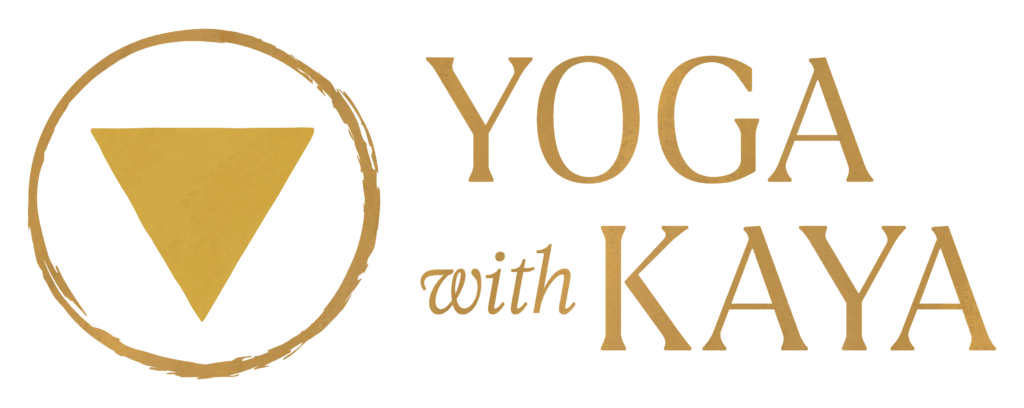Reclined Poses – Horizontal Lines
According to vāstu, a horizontal line relates to the following qualities:
- Rest, relaxation
- Depth
- Groundedness
- Illness, lethargy
- Sleep, death (which is considered like a sleep)
In the body, a horizontal line can be seen in reclined or supine (supta in sanskrit) positions. An example of a horizontal line in design is a bed or a couch. Supine yoga poses are done for rest and relaxation, and are also recommended to new students, or when one is wanting to promote or recover from sleepiness (as in winding down at the end of the day), or when one is suffering / recovering from an ailment. This is one of the reasons why we begin yoga class with Shavasana – it is a time to rest / recover from your day, slough off any dis-ease from your day or week and to perhaps dip into yoga nidra (a yogic sleep state). Here is a list of some of the horizontal poses we practice commonly –
- Shavasana
- Alternate leg pose (Ardha Pavanmuktasana or Apanasana)
- Half frog pose (Ardha Mandukasana)
- Reclined crook’d leg pose (Supta Janushirshasana)
- Reclined Spinal Twists
We also practice reclined poses because they are fully supported, and the combination of the support with the horizontal line’s quality of relaxation makes for a deeper inner experience… yet it can come at a price – you might fall asleep :)) Both a beginner level practice and a deeper level practice may use a lot of reclined poses, but for different reasons. For a beginner, reclining is important because he / she may have more health problems and may be more exhausted from life or more lethargic. For a deeper student, the reclined poses offer a chance for groundedness and depth.
Standing Poses – Vertical Lines
According to vāstu, a vertical line (or a vertically diagonal line) relates to these qualities:
- Strength
- Fire
- Vitality
- Ascendance
- Spirit
- Domination
- One-pointedness
In the body, a vertical line can be seen in standing positions. An example of a vertical line in architecture is the Washington Monument or the peeks of a cathedral or temple Standing yoga poses are done for strength and vitality, and are also recommended for intermediate students, for students who need strength, vitality and stamina, or for students who have a mental need to stand or feel like they are “working” in a yoga class. Here is a list of some of the vertical poses you may have experienced –
- Tadāsana
- Warrior Poses
- Triangle Pose
- Ardha Candrāsana (Half Moon Pose)
- Standing Vinyasa
Standing poses are NOT fully supported, and so from the perspective of Deep Release Yoga, it is helpful to first learn how to let go of the deeper muscles (those attached to the spine) and then learn to use superficial muscles while keeping those deep muscles open and soft. In standing / vertical poses, you learn to use leg muscles, while continuing to “lean into your bones” as you learn to do in the supine / horizontal poses. The combination of these two – strength and stability – result in a feeling of vitality and relaxation at the same time. Standing poses also increase the fire element, and so can improve your mental and physical fire to help with decision-making, digestion, circulation, and one-pointedness. This intermediate level practice of standing with an open spine helps you to carry your yoga experience (and yogic state) with you as you stand up, leave class and live your life.
Seated Poses – Horizontal/Vertical Hybrid
Seated poses combine the qualities of horizontal and vertical lines because your legs are in a horizontal position and your torso is vertical… According to vāstu, a seated pose will cultivate
- Restfulness & Alertness
- Quietude & Vitality
- Depth & Strength
- Groundedness & Fireyness
- Relaxation & Concentration
Seated Poses are the ideal position for a meditative experience or mediation practice for all of the above reasons. They are good for all levels of student, but especially useful for experienced students who are less in need of sleep and recovery (eg. supine poses like Shavasana) and less interested physical perfection or achievement (eg. standing poses like Warrior) and more inclined toward sitting in quiet alertness. Here is a list of some of the horizontal poses we practice commonly –
- Sukhasana (Simple Cross-legged pose)
- Svastikasana (Auspicious Pose)
- Vajrāsana (Lightening Bolt Pose)
- Seated Side Stretch
- Seated Twists
- Virāsana (Hero’s Pose) – used in deep release yoga to open the sacrum, this is not a meditation pose
- Baddha Konāsana (Bound Angle Pose) – used in deep release yoga to open the sacrum, not a meditation pose
Seated poses offer an opportunity to sit in quiet absorption, but remain more alert and conscious than is possible when one is lying down in a horizontal position. It is possible for your whole spine to open in a seated meditation pose, in part because of the physical balance and stillness of the pose, but also because of the quietude of the mind… and when your mind lets go in deep states of quiet and peacefullness, your whole body can open up – remember the body is crystalized mind.

